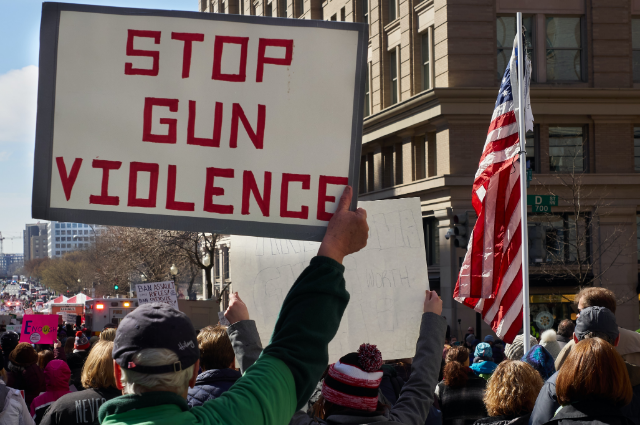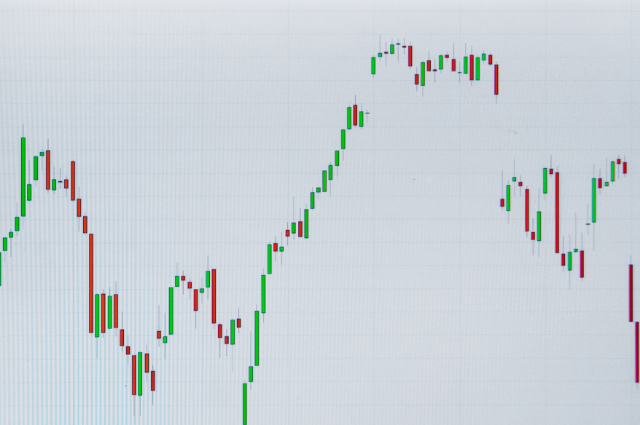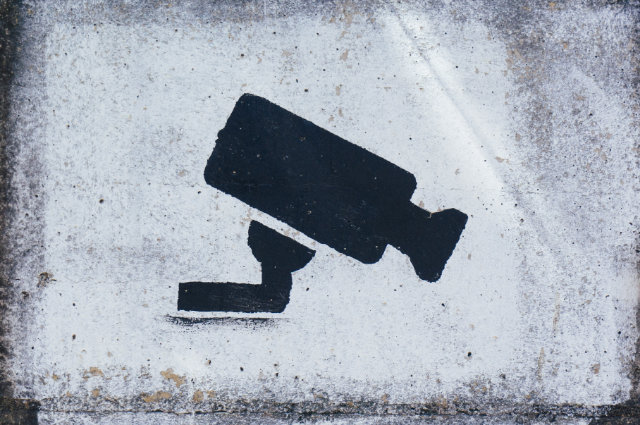
In an age tainted by bullets, bloodshed, and heartbreak, the nation grapples with a dire predicament – the convergence of mass shootings and the polemical debate over gun control. It's a narrative etched in catastrophe, eternally carving its place in the annals of contemporary society.
Mass shootings have become the harrowing insignia of our time, recurring with unsettling regularity. Each headline, from schools to concerts, places of worship to workplaces, adds another layer to the melancholy tapestry of a society enmeshed in anxiety and brutality.
As we embark on this exploration, we uncover the haunting statistics and stories, a testament to the unresolved trauma that has become all too familiar.
This article proposes an incisive analysis of the multifaceted problem, honing in on key aspects of gun control, its implications, and the unattainable quest for a resolution. We will scrutinize data, legislative strategies, the role of general sentiment, and the underlying elements that fuel this heavy phenomenon.
STATISTICS AND TRENDS
- MASS SHOOTING DATA
- INTERNATIONAL COMPARISONS
- DEMOGRAPHICS

Behind the alarming headlines lies a stark truth. The frequency of mass shootings has reached an unprecedented crescendo in recent years.
According to the latest data, the United States witnessed an astonishing surge in mass shootings, leaving no corner of the nation untouched. The statistics reveal a chilling narrative, with rising occurrences of bloodshed that demand our attention.
These incidents are not confined to a single region; they cast a wide net, leaving tragedy in their wake. Urban centers and rural communities alike bear the scars of mass shootings, underlining the urgent need for a comprehensive strategy to combat this relentless violence.
The casualties, both in terms of lives lost and those forever altered, provide a haunting reminder of the consequences of inaction. Each headline, each victim, and each tragedy serves as a somber testament to the pressing need for effective solutions.
International Comparisons:
While the United States grapples with its own crisis, it's imperative to peer over the fence and understand how other nations have addressed the same perilous challenge. International comparisons paint a stark portrait of contrasts and commonalities.
Countries with stringent gun control measures have experienced fewer mass shootings, emphasizing the pivotal role of comprehensive policies.
These global parallels present a critical question: Can the U.S. draw inspiration from other nations in its quest to address mass shootings?
Demographics:
To comprehend the enigma of mass shootings, one must scrutinize the perpetrators.
Who are these individuals, and what drives them to commit such heinous acts?
Demographic data paints a complex, unsettling picture. It reveals a diverse spectrum of backgrounds, ages, and motives, with no single profile that can predict or prevent these acts of violence.
By dissecting the demographics of mass shooters, we may uncover potential patterns and vulnerabilities within society that require a multifaceted approach. Only by understanding the motives and backgrounds of these individuals can we hope to curtail the epidemic of mass shootings that haunts our society.
In the relentless struggle to address this crisis, these statistics and trends are the sobering realities that we cannot ignore. It is incumbent upon us to confront this issue with a clear-eyed determination, armed with knowledge and fueled by a collective commitment to lasting change.
GUN CONTROL POLICIES
- OVERVIEW
- EFFECTIVENESS
- LEGAL AND CONSTITUTIONAL CONSIDERATIONS

In the arsenal of gun control policies, various weapons are wielded to curb the rising tide of mass shootings. These weapons range from enhanced background checks to bold bans on assault weapons. Each policy represents a unique front in the war against gun violence.
Effectiveness:
The battlefield of gun control is replete with different strategies, but which ones hit the bullseye?
We scrutinize the effectiveness of these policies, asking the critical question: Do they genuinely reduce the cataclysmic impact of mass shootings and the broader spectrum of gun violence?
By analyzing the data, we aim to separate the shot from the smoke.
Legal and Constitutional Considerations:
Navigating the labyrinth of gun control policies requires us to navigate through the thorny terrain of the law. The right to bear arms, enshrined in the Second Amendment, looms large over the debate. We scrutinize the legal and constitutional considerations that shape the boundaries of gun control, as policymakers grapple with striking the delicate balance between public safety and individual liberties.
ROOT CAUSES AND CONTRIBUTING FACTORS
- MENTAL HEALTH
- EXTREMISM
- SOCIETAL FACTORS
- COMMUNITY AND POLICING

(Photo by Karine Avetisyan on Unsplash)
Unraveling the Psyche of Mayhem
At the core of this disturbing narrative is the issue of mental health - an enigma that has frequently intertwined with acts of mass violence. To fathom its role, we must delve into the depths of psychological complexities, where a disturbing confluence of despair, anger, and untreated mental illnesses forms a deadly cocktail.
Within these confounding layers, one question persists: Can improved mental health support be our elusive silver bullet in averting the next catastrophe?
The Poisonous Ideologies Unleashed
In the theater of mass shootings, one cannot escape the chilling influence of extremist ideologies. From the dark corners of the internet to the clandestine gatherings of like-minded individuals, these ideas breed a breed of zealotry that transcends sanity and morality.
As we decipher this web of extremism, we are compelled to scrutinize the intersections of radical beliefs and deadly actions. Where does free speech end and incitement to violence begin?
Mirror that Reflects Violence
The societal fabric weaves an intricate story of mass shootings. We must inspect the warp and weft, examining access to firearms, the shaping power of media influences, and the cultural forces that mold our collective psyche.
Within the matrix of society, firearms become a potent symbol of freedom, fear, and force. Can striking a balance between rights and restrictions quell the tempestuous surge of violence?
Stitching the Safety Net
In a world overshadowed by fear, community engagement and early intervention programs emerge as our best chance for salvation. The importance of forming a proactive safety net cannot be overstated.
How do we empower our communities to become the first responders, preventing tragedies before they unfold?
The answers may lie within the realms of community policing and innovative intervention programs.
As the quest for understanding and resolution continues, these root causes and contributing factors demand our attention. There is no one-size-fits-all solution to the multifaceted problem of mass shootings, but by addressing these core elements, we edge closer to a future where these horrific events are but memories, rather than headlines.
CHALLENGES AND CONTROVERSIES
- SECOND AMENDMENT INTERPRETATIONS
- POLITICAL AND LEGISLATIVE CHALLENGES

Photo by Tingey Injury Law Firm on Unsplash
The Second Amendment, a mere twenty-seven words, stands as a cornerstone of American identity, enshrining the right to bear arms within the nation's DNA. Yet, the interpretation of these few words has sparked an ideological clash that transcends generations.
On one side of the debate, proponents argue that the Second Amendment guarantees an individual's right to possess firearms with minimal government intervention. This perspective champions the autonomy of the American citizen, asserting that firearm ownership is an essential safeguard against tyranny and personal threats.
Conversely, opponents of this individualistic interpretation advocate for stricter regulations, asserting that the Founding Fathers never intended to unleash a society armed to the teeth with modern weaponry.
They point to the amendment's wording, emphasizing its context in the militia, as a mandate for government intervention to curb gun violence.
The tension between these two schools of thought is at the core of the Second Amendment conundrum, where competing notions of liberty and public safety collide, leaving a Gordian knot that defies easy resolution.
Political and Legislative Challenges
The political arena, rife with partisan divisions and entrenched interest groups, presents an imposing hurdle in the quest for gun control. Despite an abundance of mass shootings and public outcry, the path to passing meaningful legislation remains fraught with obstacles.
The division often falls along party lines, with the gun control debate emblematic of the broader polarization within American politics. The result is a legislative quagmire where even modest reforms encounter fierce resistance.
Furthermore, well-funded lobbying groups, such as the National Rifle Association (NRA), exert substantial influence on lawmakers, perpetuating the status quo.
The resulting gridlock undermines attempts to enact comprehensive gun control measures, leaving the nation grappling with a vexing paradox: widespread public support for reform stymied by political inertia.
CLOSING LINE
As we peer through the kaleidoscope of mass shootings and gun control, the kaleidoscope of despair and hope, the path forward becomes a focal point of reflection. The future of gun control is a looming precipice, teetering between the preservation of Second Amendment rights and the relentless demand for enhanced public safety. It's an intricate dance of pragmatism and principle.

Call to Action:
But we, the stakeholders in this collective narrative, are not passive observers. Our readers, too, are the authors of change. The call to action lies in the hands of a society that can no longer stand idle in the wake of recurrent tragedy.
To make a difference, we must engage, question, and strive for solutions that transcend political divides. It is in the crucible of shared discourse, compromise, and informed decision-making that we find the promise of a safer tomorrow.
In your own capacity, seek knowledge, participate in civic dialogue, and support policies that strive to strike that delicate balance between preserving liberties and protecting lives.
The battle against mass shootings and the pursuit of effective gun control is, after all, a shared endeavor that demands our collective resolve.
